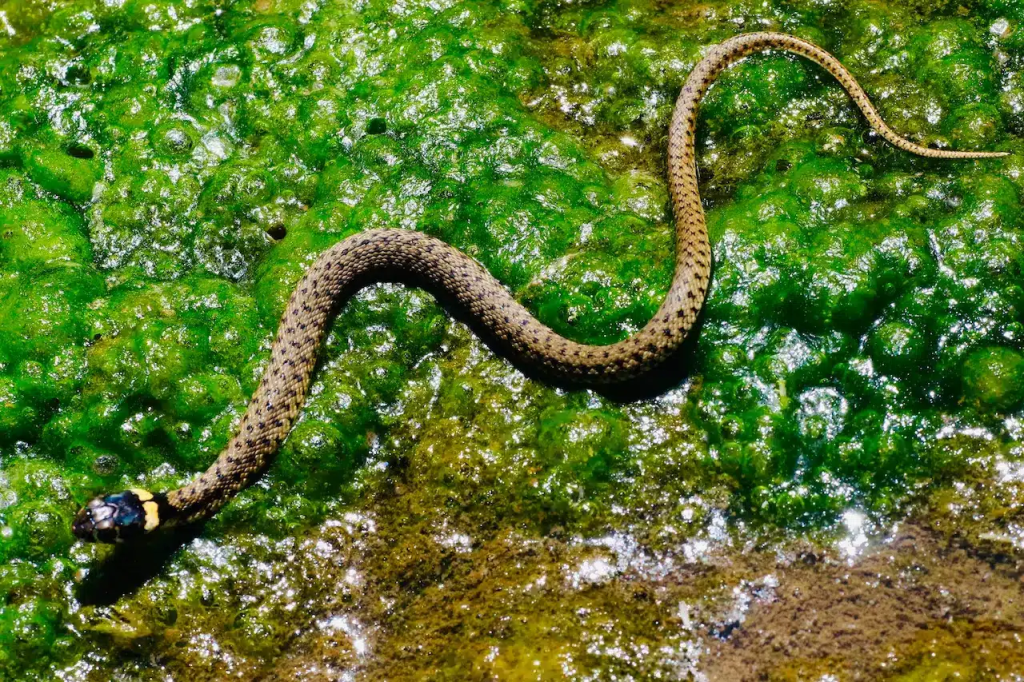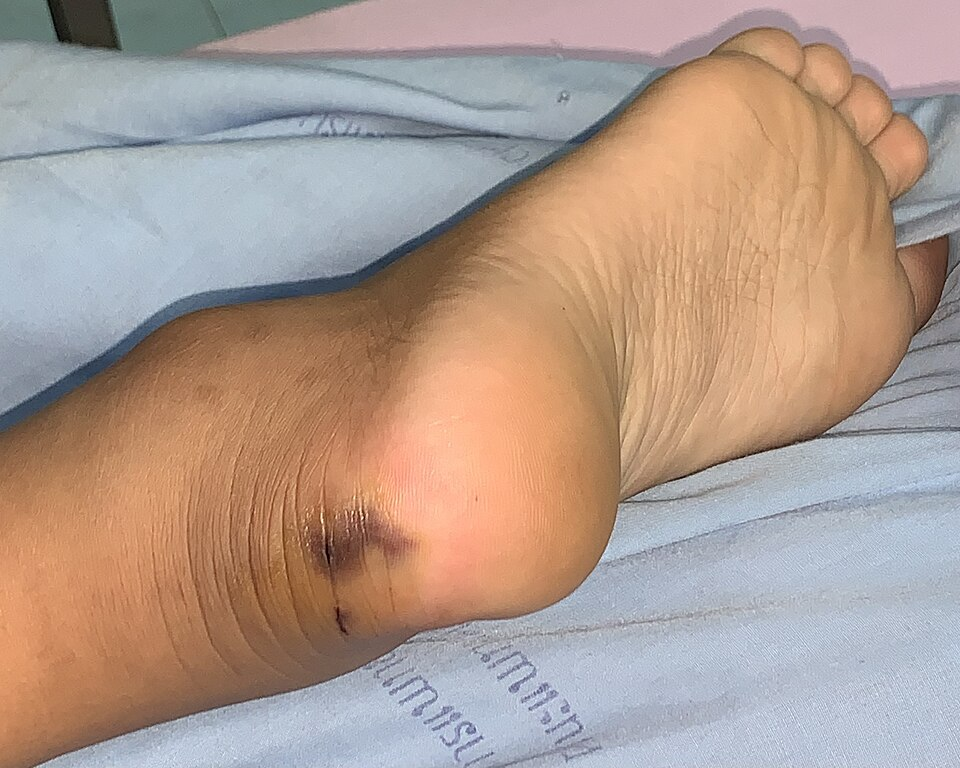When Rain Pours, Snakes Soar—Why You’re Seeing More of Them
After a few days of heavy rain, have you ever noticed more snakes slithering around your neighborhood? If you live anywhere in the central or eastern United States, that’s not just your imagination. Storms and flooding don’t attract snakes—but they do displace them. That means you could find them in your yard, in your garage, or even inside your home. Creepy, right?

These reptiles aren’t out looking for trouble. They’re just searching for dry, safe ground after being flooded out of their dens. Unfortunately, that journey might bring them a little too close for comfort.
Why Snakes Love Stormy Weather (Even If You Don’t)
Heavy rains create the perfect storm—literally—for snake movement. Their usual shelters get soaked or destroyed. That forces them into new territory, which often includes places where humans live. But it’s not just the flooding. Rain makes frogs, toads, and small critters more active too, and guess what? Those are a snake’s favorite snacks.
Even if you’re not afraid of snakes, it’s important to be cautious. According to the CDC, around 7,000–8,000 people are bitten by venomous snakes in the U.S. every year, especially between April and October when both people and snakes are most active outdoors.
Video : How to Tell Venomous from Non-Venomous Snakes: Essential Identification Tips!
Watch Your Step: Snake Safety During Cleanup and Rainstorms
So, what can you do? You don’t need to live in fear, but a little awareness can go a long way. Snakes often hide in debris, under planks, or inside damaged buildings. Flood zones are prime real estate for these displaced creatures. Here’s how to stay safe:
- Always look before you step or reach, especially in overgrown or cluttered areas.
- Wear thick boots or snake gaiters if you’re clearing brush or walking through tall grass.
- If you spot a snake in your path, don’t panic—just step away slowly and give it room to leave.
Copperheads: The Master of Camouflage
Copperheads are among the most common venomous snakes in the U.S., especially in wooded and rocky areas. They have a thick, muscular body with a coppery-brown pattern that helps them blend into fallen leaves and dirt. You’ll recognize their cat-like pupils and reddish-brown eyes. Though their venom isn’t the deadliest, their bites can still pack a punch.

Cottonmouths: The Water-Dwelling Threat
Also known as water moccasins, cottonmouths thrive near lakes, rivers, and swamps. They love to sunbathe on rocks and branches near the water. These snakes are thick-bodied and have a wide head that hides their eyes when viewed from above—kind of like a stealth bomber. They’re darker in color as they age, and while they’re not aggressive by default, they will defend themselves if threatened.
Rattlesnakes: Listen for the Buzz Before the Bite
You’ve probably heard of rattlesnakes, and yes—their tails really do rattle when they’re on alert. But here’s the twist: they don’t always rattle before striking. Found throughout most of the U.S., these snakes live in deserts, grasslands, forests, and even coastal regions.
Their bite symptoms? A burning sensation within 30 minutes, followed by swelling, bruising, and potentially nausea, weakness, or difficulty breathing. Some people even report a metallic or odd taste in their mouth. If you feel these signs after a bite, don’t wait—get medical help immediately.
Video : Can Snakes Die From Venom? 😮
Coral Snakes: Bright, Beautiful, and Dangerous
Coral snakes are sneaky little things. With bold red, yellow, and black bands, they’re easy to confuse with harmless lookalikes like the milk snake or scarlet kingsnake. But here’s a trick: remember the rhyme “Red and yellow, kill a fellow. Red and black, friend of Jack.”
These shy reptiles prefer staying hidden underground or in piles of leaves. Though they rarely bite, their venom is highly toxic. The last recorded coral snake death in the U.S. was in 2009, but you still don’t want to take any chances.
What to Do If You Get Bitten by a Snake
Even if you think it’s a nonvenomous snake, treat all bites seriously. Time is critical. Here’s your action plan:
- Call 911 or your local poison control center immediately.
- If it’s safe to do so, snap a quick photo of the snake for identification.
- Keep calm. The more your heart races, the faster the venom spreads.
- Avoid cutting the wound or trying to suck out venom. That’s a myth—and a dangerous one.
- Don’t apply ice or tourniquets either. Let the professionals handle it.
Identifying a Snake Bite Pattern
Snakebites typically leave two distinct puncture wounds, but that can vary based on the type and size of the snake. Swelling, bruising, and pain usually appear quickly and spread. If you notice a rapid increase in symptoms—especially trouble breathing or vision changes—it’s an emergency.

Preventative Tips to Keep Snakes at Bay
Nobody wants an unexpected reptilian guest. So here’s how to make your space less snake-friendly:
- Seal cracks and holes around your home’s foundation.
- Keep grass trimmed and remove leaf piles or wood stacks.
- Avoid leaving pet food outside, which can attract rodents—and snakes follow rodents.
- During storms, check basements, garages, and crawl spaces for intruders.
Final Thoughts
Snakes may be misunderstood, but their presence after heavy rains is a real risk—especially if you’re not prepared. Whether it’s a copperhead hiding in brush or a cottonmouth along the riverbank, knowing how to identify and avoid them is key to staying safe.
Nature isn’t trying to scare you—it’s just reacting. And with some simple precautions and sharp eyes, you can enjoy the outdoors without fear. Respect the wild, stay alert, and when in doubt, give snakes their space. It might just save you a trip to the ER—and a lot of unnecessary drama.